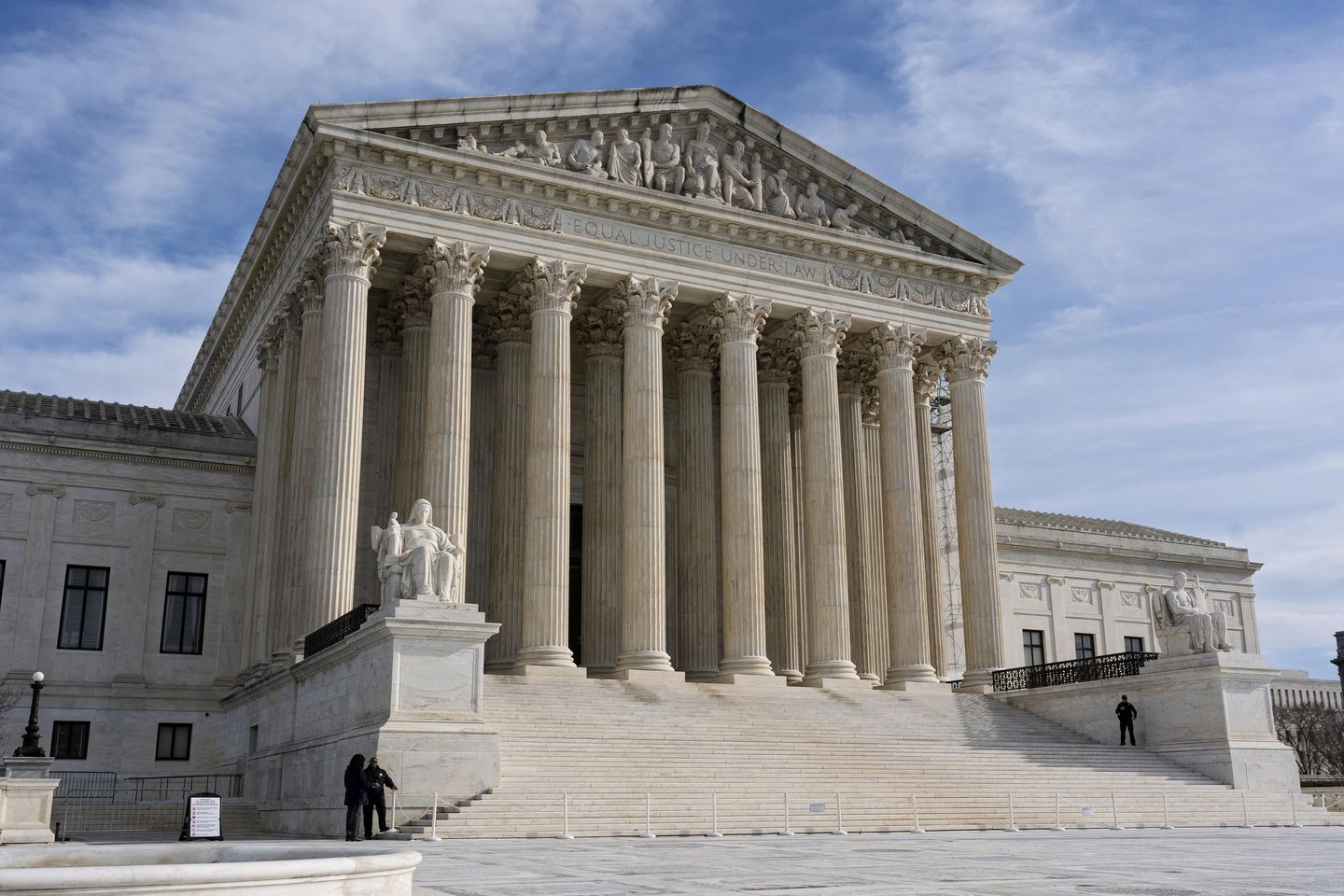
The Supreme Court expressed displeasure Wednesday with lower court judges who continue to block President Trump’s firings of agency heads, saying it has made clear the president can carry out firings while the legal battles develop.
The court ruled specifically that Mr. Trump can, at least for now, boot three Consumer Product Safety Commission members.
In an unusually stern order, the high court majority said it had settled the issue earlier this year when it allowed Mr. Trump to fire members of the National Labor Relations Board.
The justices said that should have been a signal to lower court judges.
“Although our interim orders are not conclusive as to the merits, they inform how a court should exercise its equitable discretion in like cases,” the court said.
The majority said that should apply to any case in which the president is firing someone who exercises substantial executive authority.
The high court’s three Democratic appointees dissented, saying their colleagues were prematurely rushing to Mr. Trump’s aid.
Justice Elena Kagan said the court, without a full hearing on the issues, has effectively overturned a 1935 case and bequeathed substantial new firing powers on the president.
“It has accomplished those ends with the scantiest of explanations,” she wrote. “By means of such actions, this court may facilitate the permanent transfer of authority, piece by piece by piece, from one branch of government to another.”
At issue are a host of “independent agencies,” including the CPSC and the NLRB, that Congress set up to have some independence from the president. The law says their directors or board members can be fired only for cause.
Mr. Trump argues that this restricts his ability to manage the executive branch, where he must have people responsive to him.
That challenges the 1935 ruling in Humphrey’s Executor, a case in which the justices blocked President Franklin D. Roosevelt from firing a member of the Federal Trade Commission.
Mr. Trump has renewed that exact controversy with his own firing of two members of the FTC.
A district judge ruled the firing illegal, citing the 1935 case as specifically on point.
“The law on the removal of FTC commissioners is clear,” wrote Judge Loren AliKhan, a Biden appointee.
The U.S. Circuit Court of Appeals for the District of Columbia put that ruling on hold earlier this week.
The Justice Department had told the lower judges that the Supreme Court was already moving to recognize more expansive firing powers for the White House — and for good reason.
“The court’s reinstatement of a principal officer of the United States — in defiance of recent Supreme Court precedent staying similar reinstatements in other cases — works a grave harm to the separation of powers and the president’s ability to exercise his authority under the Constitution,” said Daniel Aguilar, the government lawyer leading the case.
Justice Brett M. Kavanaugh, who sided with the majority in Wednesday’s ruling, said he understood the confusion some lower courts might have. He said he wished his colleagues had not just stayed the lower rulings but gone ahead and announced they would speed the cases onto their docket for a full airing out.
The CPSC is aimed at protecting consumers from products that are dangerous or recalled.
The three members Mr. Trump fired were Alexander Hoehn-Saric, Mary Boyle and Richard Trumka Jr., all Biden picks whom Mr. Trump fired in May.
They sued to stop the firings and won in a federal district court in Maryland.
The 4th U.S. Circuit Court of Appeals declined the Trump administration’s request to intervene, which sent the Justice Department to the Supreme Court.
Mr. Trump’s firings have been a hallmark of his second term. He’s made mass firings of rank-and-file workers as he tries to slim the bureaucracy, and he’s also attempted a decapitation at the tops of some of the independent agencies.
His ousters range from members of the Federal Election Commission and the Office of Special Counsel to the National Transportation Safety Board, the African Development Foundation and the Inter-American Foundation. He has also fired the Librarian of Congress.
Lower court judges, chiefly Obama and Biden appointees, have regularly ruled against him but appeals courts have been more mixed in their rulings.
But the Supreme Court has been largely permissive.
That’s not surprising given rulings in recent years.
In one major case from 2020, the justices said Mr. Trump could fire the head of the Consumer Financial Protection Bureau, an agency Congress created after the 2008 Wall Street Collapse and wrote specifically to be insulated from presidential pressure.
In cases this year the GOP majority on the high court has also been consistent, allowing him to carry out firings of the special counsel, who polices Hatch Act violations, and the National Labor Relations Board.









